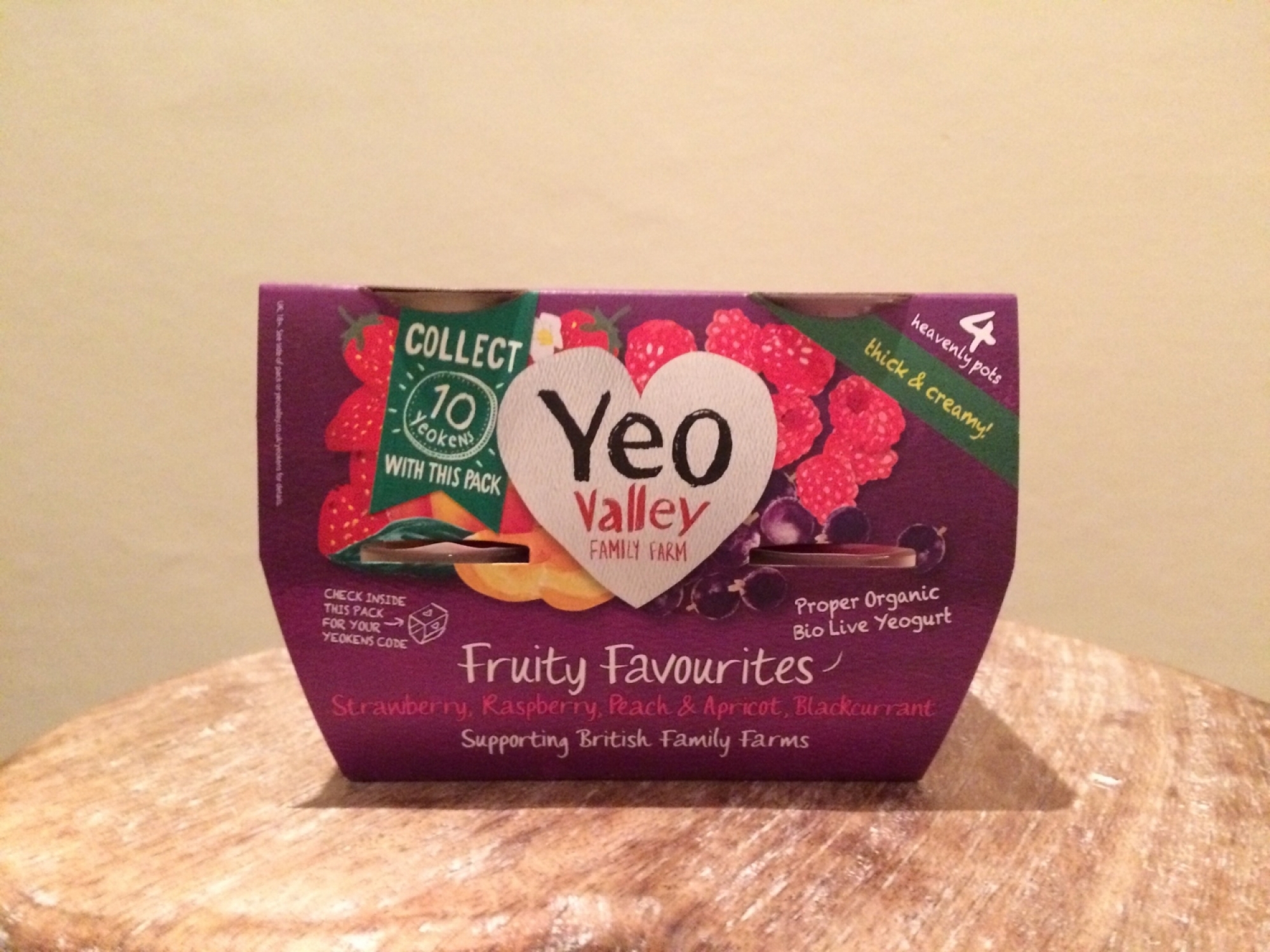“What’s the point of this?” a friend asked me recently – brandishing the cardboard sleeve she’d just removed from a four-pack of yoghurts. “It’s just totally unnecessary, a complete waste.”
“But would you have noticed them on the supermarket shelf without the sleeve?” The answer, almost certainly not.
The role that packaging plays in getting products noticed on retail shelves is obvious – but what happens when that primary purpose is removed? When you’re purchasing with the click of a mouse rather than wandering the aisles – what relevance is a cardboard sleeve around a four-pack of yoghurts? Or any packaging for that matter?
The UK has comfortably the highest proportion of online retail sales in Europe* – forecast to be 16.8% in 2016. The next highest proportion is found in Germany – expected to reach 13.5% this year. The European mean will sit at around 9.4%.
Even as these numbers continue to grow, I would argue that there are two important reasons why the look and design of packaging in an increasingly online world continues to matter:
- Brand Consistency
Though online sales as a proportion of total retail activity are growing rapidly – it’s important to remember that shopping the old fashioned way, browsing in-store, is not about to disappear – and still makes up the vast majority of European retail sales. So especially when it comes to our regular purchases – like a four-pack of yoghurts for example – those who buy them online, will have also most likely bought them off the shelf at some point in the past, and will again in the future. Even the most prolific online shoppers aren’t exclusive online shoppers, and the fact that the product looks the same when delivered to your door as it does on the shelf is important from a brand consistency point of view – working to reinforce brand identity and build customer loyalty. And it’s not just in the unpacking of the shopping that this is true of course; products will often stay in their packaging on our refrigerator shelves and in our cupboards well after the purchase date – continually re-enforcing that brand identity, each and every time we see them.
- The User Experience
Even as the trend towards online purchases gathers pace, and even when we are purchasing products that haven’t ever caught our eye on a shop shelf – packaging still has an important role to play beyond its obvious, primary function of containing and protecting. Packaging can signify quality: when it comes to expensive purchases, be it high-end clothing, jewellery or electronics – the packaging can influence our initial perception of the value of the purchase and therefore our overall impression of the product. This is especially significant when buying gifts. Packaging can also send a range of other messages to the consumer: fun and creativity, environmental awareness, place of origin. It’s not in these instances about standing out on the shelf – but it is still very much about standing out from the competition.
So as the retail landscape changes – and as online purchases attain an ever greater market share – expect to see retail packaging getting more creative – not less – and mattering every bit as much as it always has.
*Statistics are all from the Centre for Retail Research: http://www.retailresearch.org/
